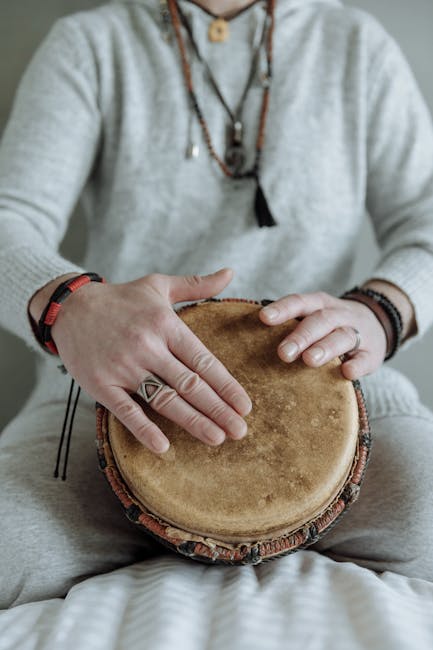Musik von Ensemble Oni Wytars bei Sony Classical Nature as a teacher in a time before written and high cultures For people's first rhythmic and musical experiences, their own bodies and nature probably served as models and teachers. With the imitation of different sounds and the awareness of imitation, people discovered through constant repetition, such as clapping and stamping, a first perception of organized processes, timing, rhythm. The first man-made "sound generators" were made of stones, antlers and bones. It is assumed that they were used in ceremonies and to transmit signals when hunting or as a lure. In 1934, Otto Seewald passed on some insights into the early and musical use of the so-called "Schrapper". These were eg. notched bones of a raven, antlers and other ribbed natural objects. They were probably alluded to by a scrubbing with a wand. The knowledge that it was a musical instrument was brought by the excavations found near Blaubeuren and in the Czech Republic, which, together with other musical instruments, such as bone flutes were found. First vessel drums in the Neolithic The use of clay as a material in the Neolithic period gave rise to a new variety of sound bodies.
There was a long discussion about the actual use of the hourglass-shaped clay vessels found in large numbers in Saxony and Thuringia. Initially, it was thought that these clay pots, from the Middle Neolithic, served as cooking utensils or as a sacrificial box. But the many holes and pegs on the edges suggested that a skin was stretched over it. The decorations and illustrations found on it finally convinced even the skeptics that these were drums – and this also led me to the pleasant idea of our ancestors' enthusiasm for drums.

After the discovery of the sonorous sound of animal skins, they were first attached to the clay pots by tying them or by attaching weights. A ceramic drum with a clamping ring was found near Inzersdorf in Austria. This probably tightened the cords and the fur with the help of the feet. About 200 clay drums were found in Germany, e.g. in the Bernburg culture from Quenstedt, on the Dölauer Heide, Salzmünder culture in Lower Franconia and in Thuringia. There were about 20 copies in Denmark, Kujawy and the Czech Republic, Poland and Bohemia and in Anatolia and Africa.
Clay rattles and clay bells were also found in the same places, probably used to drive away demons and for ceremonial purposes.
.

